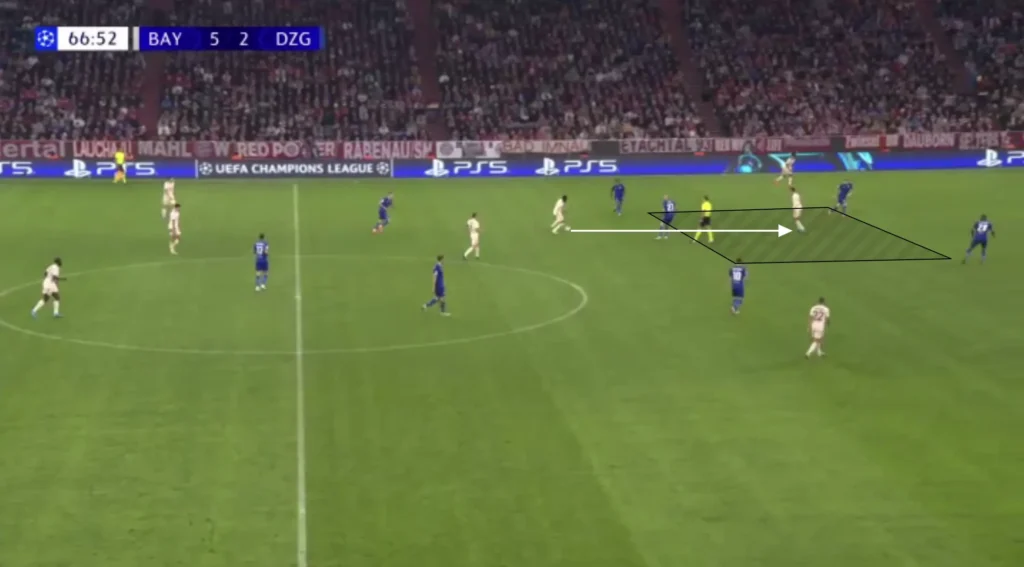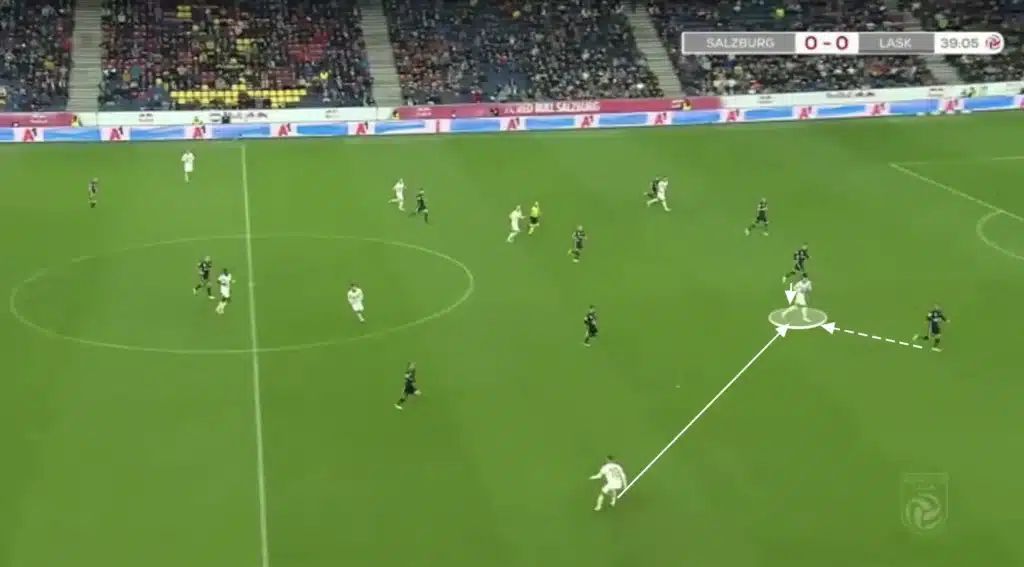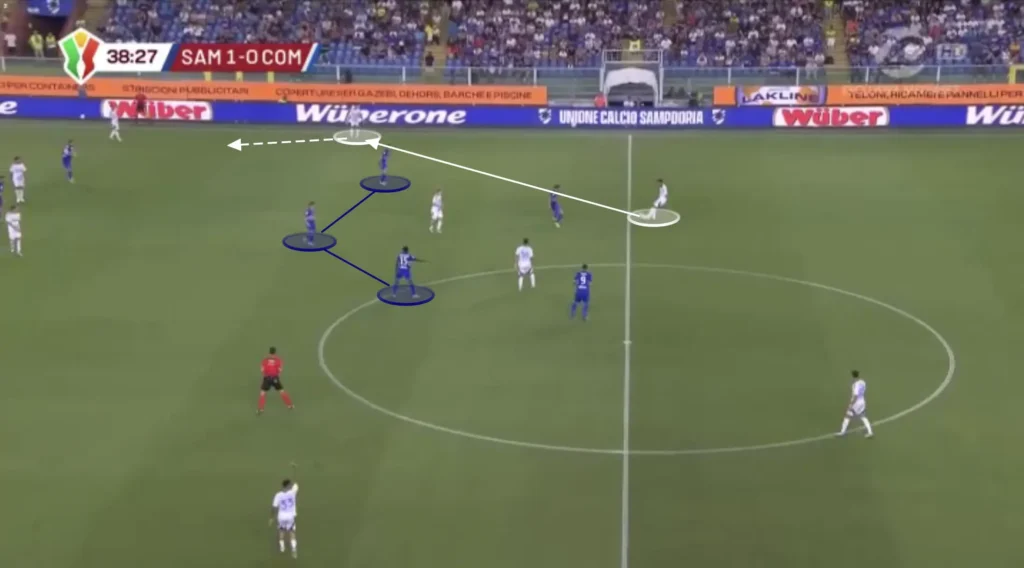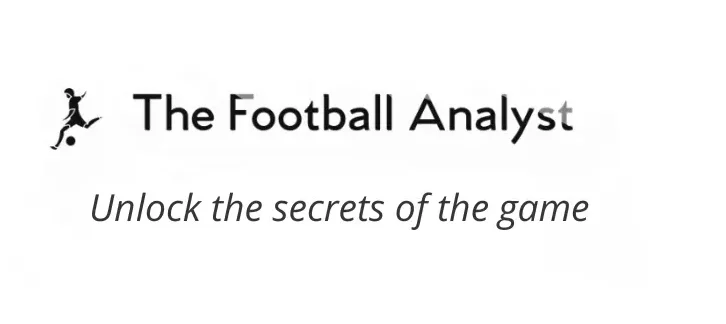In the modern game, creating and exploiting space is central to how teams build attacks and break down organized defenses. One of the most effective ways to achieve this is through positional advantages — a tactical concept focused on where players position themselves in relation to the opposition’s defensive structure.
Understanding and using positional advantages allows teams to control the rhythm of play, manipulate the opponent’s shape, and increase the probability of creating goal-scoring opportunities.
What Is a Positional Advantage?
A positional advantage refers to a situation where a player is positioned in a specific area of the field to either exploit space or disrupt the opponent’s defensive organization. This concept focuses on the positioning of players relative to the opposition’s lines — whether between, inside, or outside them.
The goal is to place players in areas that force defensive decisions and create dilemmas. When executed well, positional advantages make it difficult for defenders to cover all potential threats, often resulting in disorganization and openings in the defensive block.
Three Types of Positional Advantages
Positional advantages can be categorized based on how a player interacts with the opposition’s defensive lines:
Between Lines
This occurs when a player occupies the space between the opponent’s defensive and midfield lines. A common example is a central attacking midfielder who receives the ball in this pocket, facing forward, with time and space to attack. The advantage here is that the player is neither fully picked up by the midfield line nor the defensive line, making it hard to press effectively without compromising the structure.

Inter Lines
This type of advantage arises when a player positions themselves between two defenders. For example, a striker who stands between the center-back and fullback forces a decision: should the center-back step out, or should the fullback tuck in? This positioning can unbalance the defensive line and create space for teammates.

Out of Lines
Here, a player positions themselves outside the opponent’s defensive block, typically on the flanks or in advanced wide areas. This stretches the defense horizontally and forces the backline to either stay compact and leave the wide player open, or shift out and risk opening gaps centrally. It’s often used to bypass the press or prepare for switches of play.

Positional Play and Tactical Execution
Top-level teams build entire systems around the intelligent use of positional advantages. Concepts like positional play(juego de posición) involve maintaining structure and patient circulation while placing players in zones that can destabilize the opponent’s shape.
This style emphasizes:
- Occupation of strategic zones such as the half-spaces
- Rotations to confuse marking responsibilities
- Creating dilemmas for defenders through movement across and between lines
- Using width and depth to manipulate space
The success of this approach relies heavily on the players’ game intelligence, timing, and scanning ability. They must constantly assess their positioning relative to both teammates and opponents.
Examples of Positional Advantages in Action
Manchester City, under Pep Guardiola, are masters of using positional advantages to dominate territory. They frequently place midfielders between the lines while pinning the backline with high wingers. Their fullbacks often move inside to add numerical stability in midfield, allowing others to take up more advanced positions.
Brighton, under former manager Roberto De Zerbi, offered another example. By inviting pressure and creating calmness in deep areas, they lured opponents forward and then exploited positional advantages through vertical combinations — often finding players between or behind lines to progress the ball.
Liverpool, during Jürgen Klopp’s tenure, used these advantages differently. Their fullbacks provided width and crossing quality from out-of-line positions, while players like Firmino historically occupied between-the-lines spaces to facilitate link-up play and disrupt defensive organization.
Why It Matters
The ability to create positional advantages gives a team control — not just of the ball, but of the opponent. It forces defenders to react, adjust, and often make uncomfortable choices. It also lays the foundation for other advantages — numerical (outnumbering the opponent) and qualitative (isolating stronger players against weaker ones).
Ultimately, positional advantages allow teams to attack more efficiently, sustain pressure, and create high-quality scoring chances. Without them, possession often becomes sterile and predictable.
Conclusion
Understanding positional advantages is essential for any coach, analyst, or serious student of the game. It’s not just about finding space — it’s about finding the right space at the right moment to unbalance the opponent.
The teams that master this concept don’t just pass the ball — they pass it with purpose, always seeking the next positional edge.
